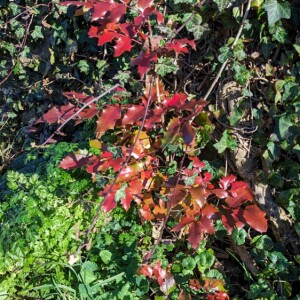Long View
MrsM searched for old family documents in the attic, and came down declaring that we must throw away boxes full of ancient papers that no longer have relevance, value or historical interest. Not, of course, without going through them, so I spent much of the morning revisiting the long-forgotten administration of my father's will and, a few years later, his wife. Some savings, a few investments, ancient premium bonds, a modest retirement bungalow, lists of long-lost aunts and distant cousins. We suffered no family feuds or heartbreak over emotion-loaded assets passed down through the generations. Thank goodness
A long, thoughtful article in the paper looks at similar issues facing family farmers, where the case is often exactly the reverse. Land, buildings and livestock are at the same time commercial assets and the repository of generations of blood, sweat, tears and personal sacrifice. They often embody not just the hopes, dreams and memories of the current generation, but implicit promises to parents, grandparents and generations before
But the average age of a British farmer is 59. The world has changed. Ideas like loyalty to family and loyalty to the land can be questioned. There is mobility, urbanisation, environmental awareness, international free-markets, plentiful food supplies, sceptical consumers cut off from producers, equality between genders and siblings, febrile markets, wavering politicians, inflated capital values. Inheritance has become complicated - potentially as much a poisoned golden chalice as a silver spoon
One consequence is that family farms are being sold. Frequently, they are bought, not by other farmers, but by corporations for 'carbon offsetting'; by the wealthy for their personal amusement, be that blood sports or forestry or 'rewilding' or amenity woodland. The land use changes are profound; it is possible to foresee both good and bad consequences, but hard to decide which will predominate
When we moved into our house, this land was grazing pasture. A few weeks later, glancing through the kitchen window one breakfast, we saw it being planted with saplings. Ten years on - almost to the day - this is the outcome: 20 hectares of mixed amenity woodland, and a sheltered walk on a bright, freezing day, with pleasing glimpses of open rides and sunlit colour. Is it (and the many hectares in the valley that have since been added) better? For us, today, certainly yes. As an inheritance for future generations, the question is moot


Comments
Sign in or get an account to comment.


